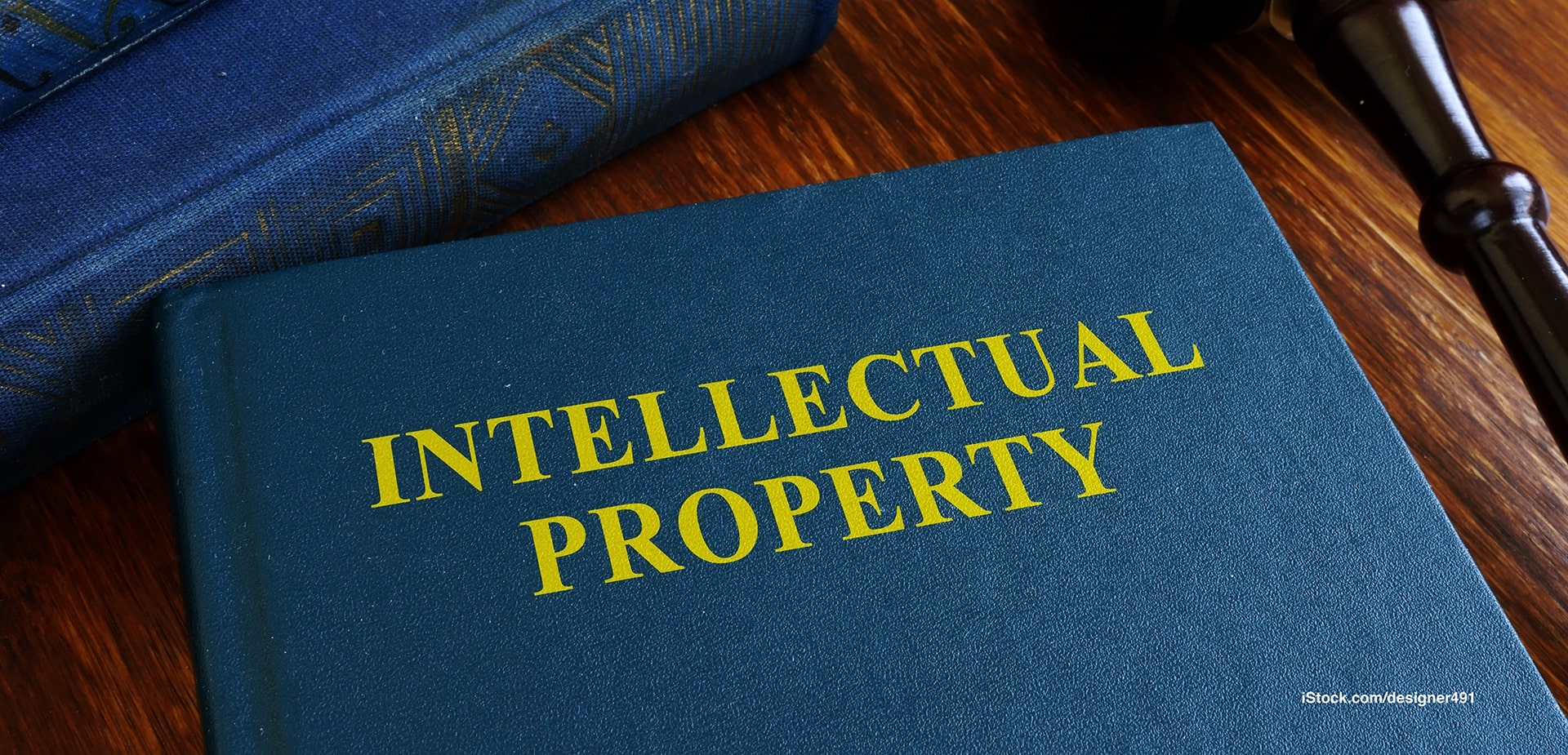
What is intellectual property?
Property, for the most part, is understood to be tangible physical assets. However, there is a class of intangible assets that are created by the mind. These assets make up and enrich our cultural and creative environments, they innovate and advance our world, and they construct strong brand identities. They also contribute to knowledge and education. These intangible assets are known as intellectual property.
Artistic, literary and musical works, scientific innovations, and names, logos and symbols are all categories of intellectual property. Like physical property, intellectual property allows its owners or creators to benefit reputationally and economically from their works.
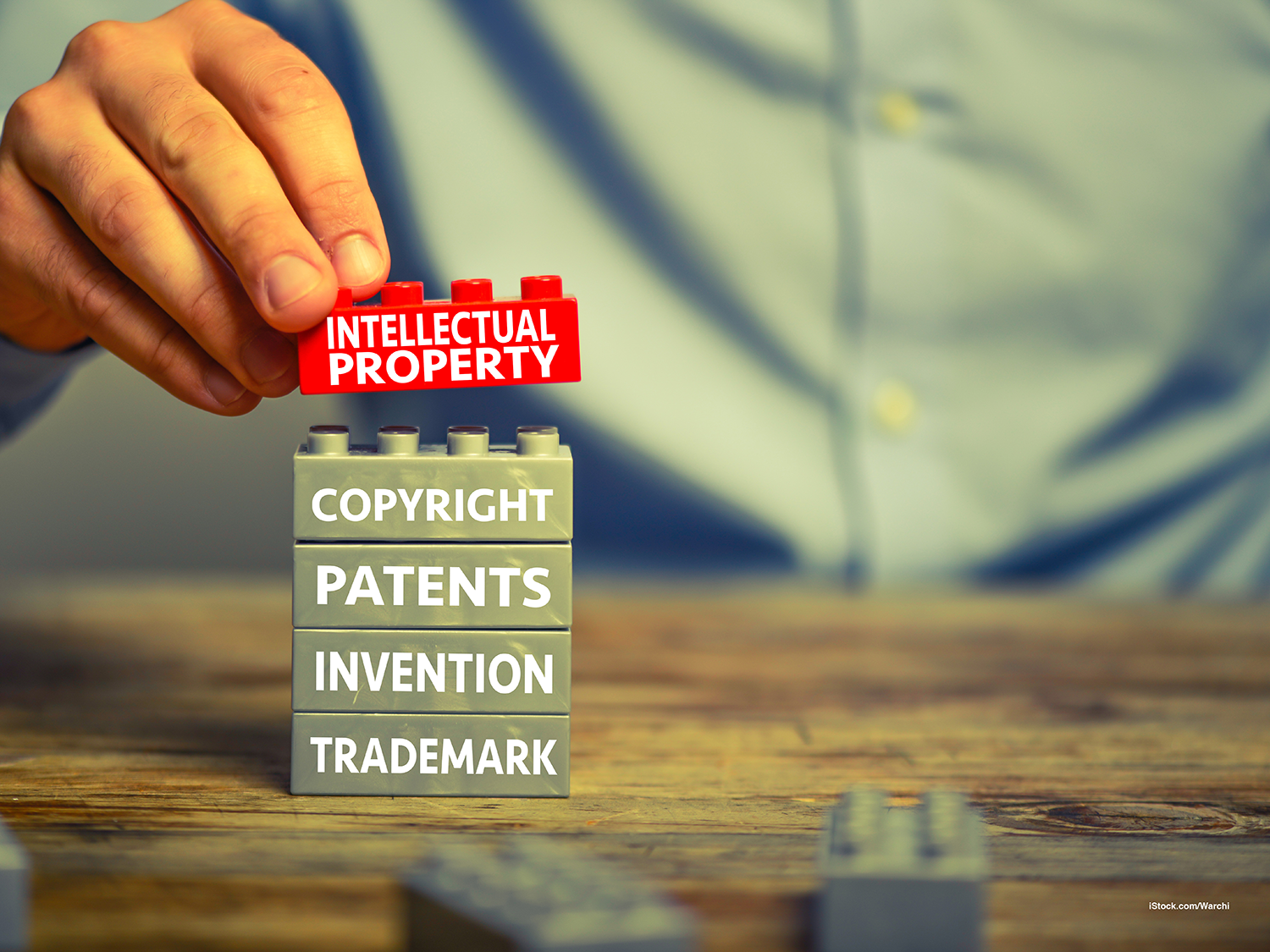
What are the different types
of intellectual property
Copyright
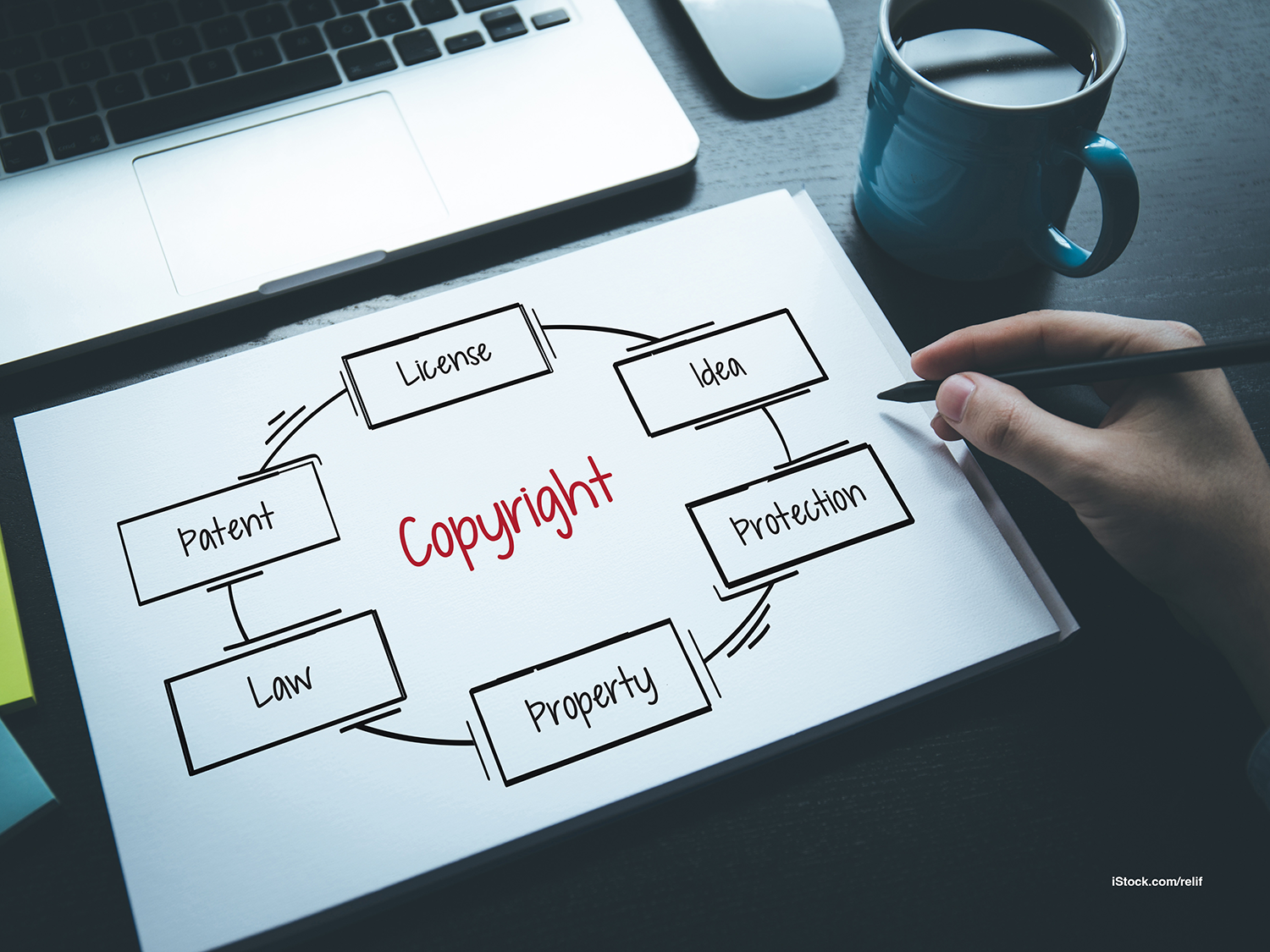
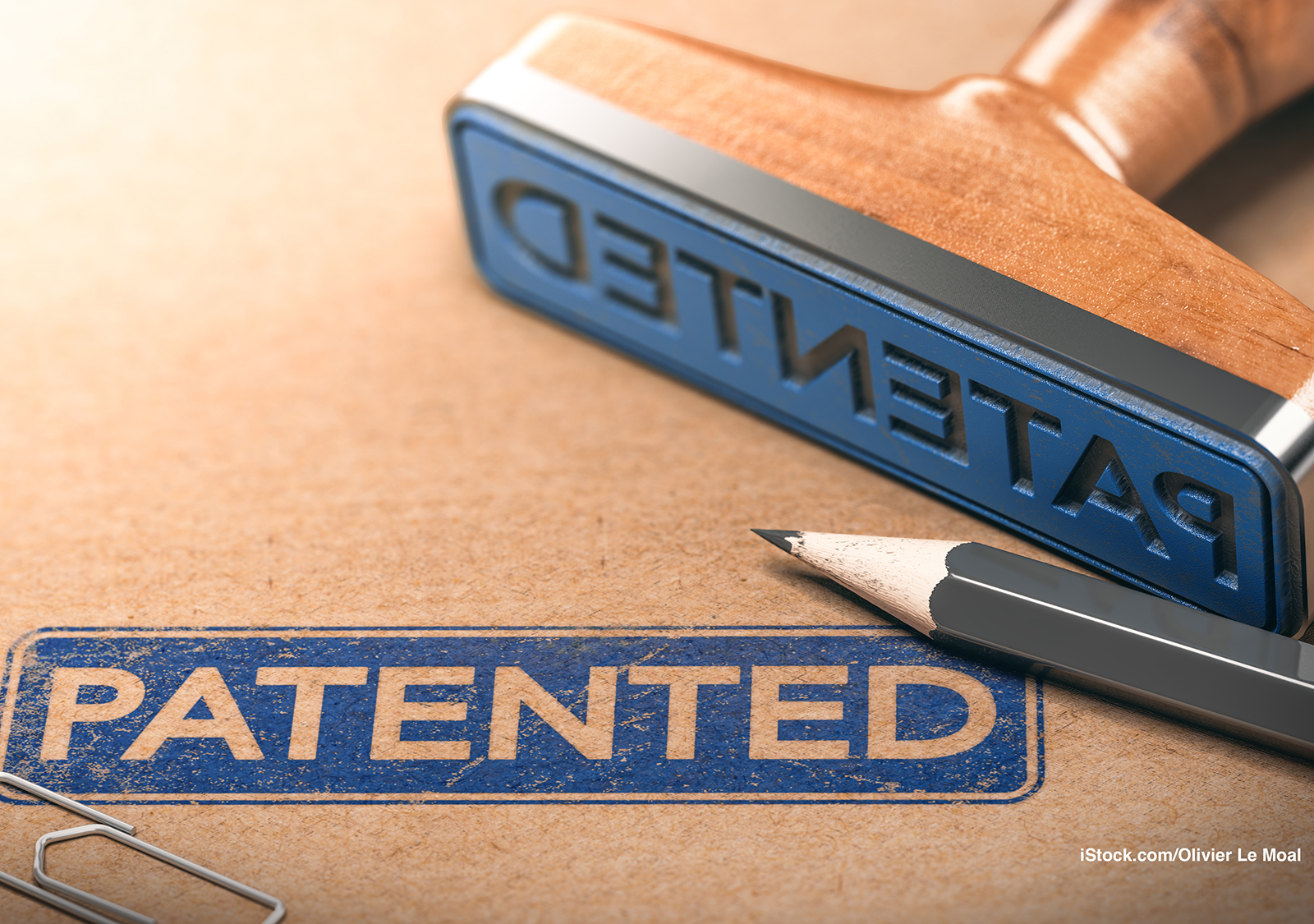
Patent
A patent is the granting of an exclusive right for an invention. Generally, the invention is either one or a combination of an innovative process, design or product. In exchange for the exclusive right to use or to withhold the usage of their invention, the inventor must disclose to the public the technical information about the invention.
Trademark
A trademark is the identifying feature of a brand or enterprise which distinguishes it from other enterprises. Names and artwork used as logos can be registered as a trademark.
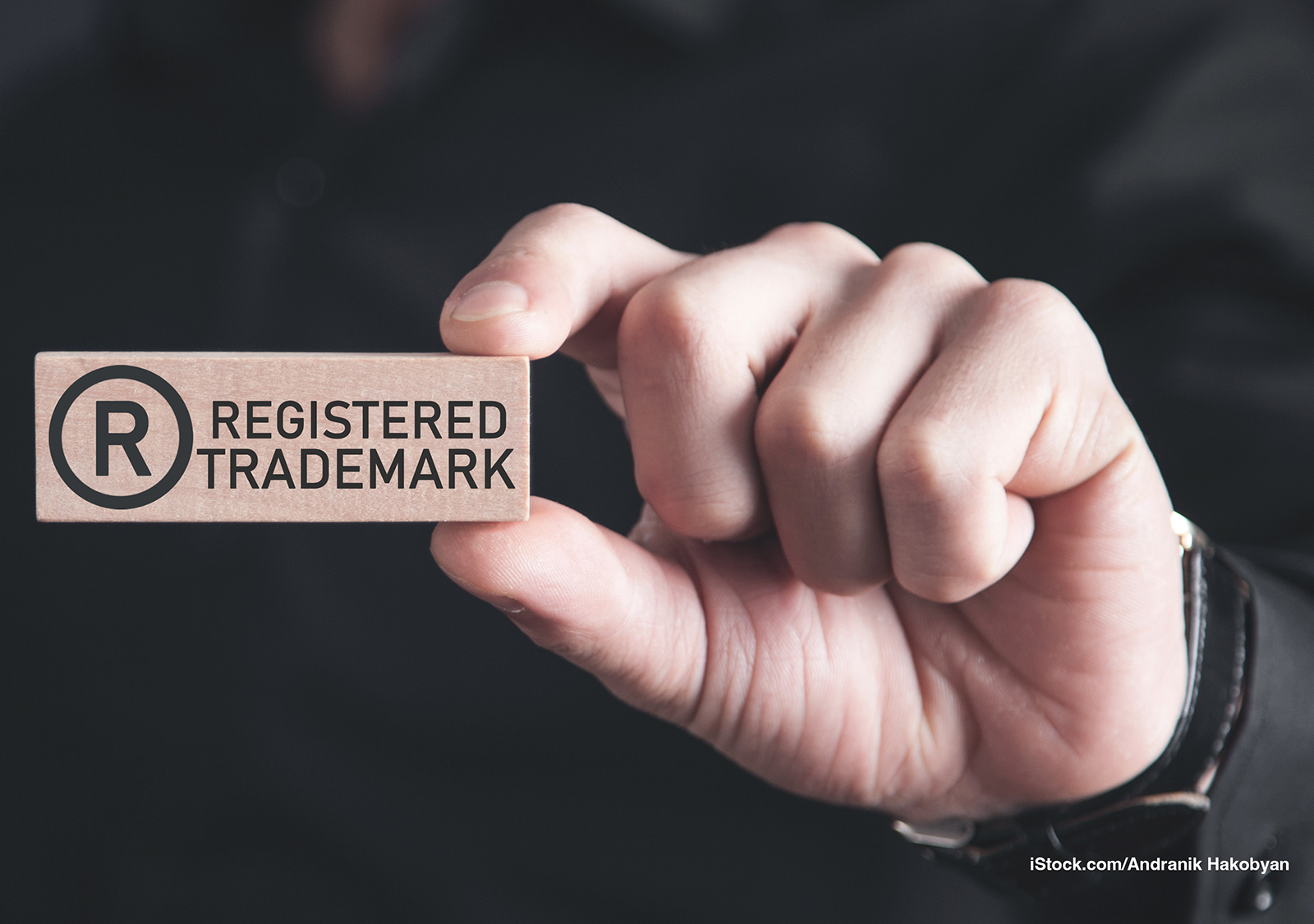

Designs / Industrial designs
An industrial design comprises the outward appearance of a product or item. The aesthetic features of the item, including the shape, colour, lines, or a combination of such features, are covered as an industrial design right.
What are the key differences between the 3 main types of intellectual property
Copyright
Duration of protection
Scope of protection
Requirements for protection
- The work must be original
- it must be in material form – written down, typed up, painted or drawn on a canvas. Ideas that exist only in the mind are not protected by copyright
- The creator must be a ‘qualified person’ in terms of the Act. This means that the person must either be:
(a) A South African citizen; or
(b) Domiciled within South Africa
Right granted to owner
Exclusive right to do or to authorise, among others, the reproduction, performance, publishing and broadcasting, of the work by third parties.
Registrability
Non-registrable. It is automatic upon creation of an original work.
Patents
Duration of protection
20 years, subject to the payment of the renewal fees.
Scope of protection
Protects an invention from unauthorised use.
Requirements for protection
The invention must:
- be an invention by definition
- be novel (or new)
- involve an inventive step
- have utility
- be capable of being used or applied in trade or industry or agriculture.
Right granted to owner
Right to exclude others from making, selling, using, or importing the patented invention in the territory where the patent is registered.
Registrability
Registrable.
Trademarks
Duration of protection
Potentially perpetual – subject to renewal, and the stipulation that the trademark is in use.
Scope of protection
Protects signs that are used for distinguishing the goods and services of one trader from another.
Requirements for protection
The trademark must:
- be distinctive as defined in section 9 of the Trade Marks Act of 1993
- not contravene the provisions of section 10 of the Trade Marks Act of 1993.
Right granted to owner
Right to use the mark and the right to exclude others from using similar marks in a way that would likely cause confusion about the origin of the goods or services.
Registrability
Registrable.
Can copyright overlap with other
types of intellectual property
Yes, the following are examples:
Designs vs copyright:
- In terms of copyright law, the two-dimensional representation (e.g. drawing or written description) of a design may be deemed a literary or artistic work and be protected by copyright.
- In terms of copyright law, a logo may be deemed an ‘artistic work.’ The same logo may be protected as a trademark that is registrable
- A sound may be protectable as a trademark, as it can distinguish one owner’s products or services from another. This sound may be subject to copyright protection as a musical work
- A cinematograph film consists of both copyright and trademark elements: the title of the film is protectable as a trademark; and the artistic elements (e.g. soundtrack, the script) are copyright protected
- A photograph is protected as an artistic work under copyright. The same photograph may be used as a trademark in different classes for goods or services, such as clothing.